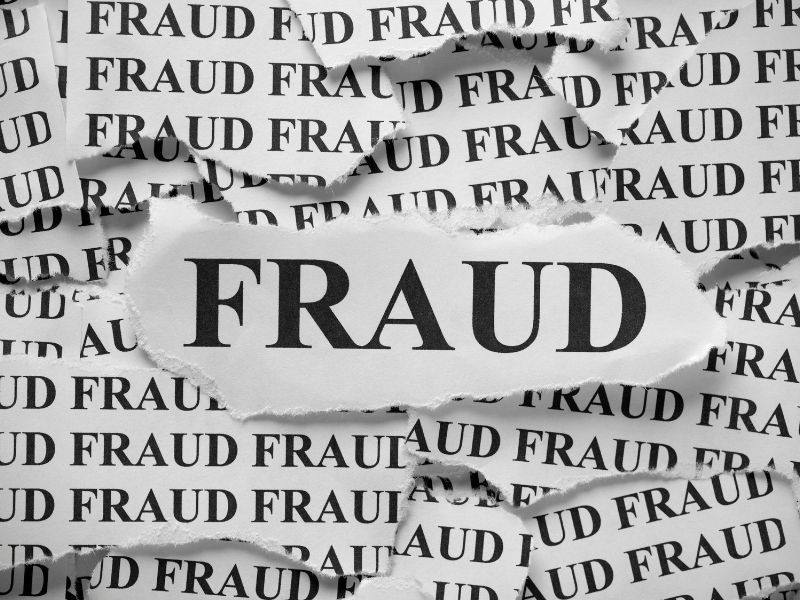
Unethical practices are on the rise in the housing finance market. Some lenders try to lure customers by offering unrealistic loan terms, while some extract an advance fee from unsuspecting borrowers. Some lenders even try to obtain the personal and financial details of individuals through fraudulent means. Borrowers also involve in fraudulent activities. Some loan seekers tamper with income proof or resort to other means to obtain a loan for which they are not qualified legitimately. The previous blog highlighted the various types of scams practiced by lenders.
Here are four fraudulent practices that borrowers resort to, in order to mislead financiers.
- Fabrication of income proof
Potential borrowers have to meet the eligibility criteria set by banks or Non-Banking Financial Companies (NBFCs) in order to avail of a loan. Income is one of the major criteria to be met as it determines the repayment ability of the borrower. Loan application often gets rejected if the borrower does not meet the minimum income requirement. Some individuals, therefore, fabricate their income certificates in order to get loan approval. There have also been instances where individuals have claimed self-employment in non-existent companies or have claimed a higher position in their current company in order to avail of a loan.
- Occupancy fraud
Lenders generally charge a higher interest rate for properties that are bought for investment purposes and are not occupied by the owner. In order to avoid such high charges, borrowers disclose the property as their primary residence. Such a case is known as an occupancy fraud and is a common type of fraud in the country. Borrowers resort to such scams in order to obtain a lower interest rate and favorable loan terms.
- Loan shotgunning
The recent fraudulent activity in the housing finance industry is ‘shotgunning.’ In this type of fraud, borrowers generally apply for a home loan with multiple lenders at the same time. The borrower makes many colored photocopies of the necessary home documents and submits the loan application to multiple financiers. Though financiers conduct an investigation before providing the loan, the loan amount is sometimes disbursed prior to the fraud detection.
- Identity theft
Quite often borrowers assume the identity of another individual in order to obtain a home loan. Such a case is known as identity theft and may be committed with or without the consent of the individual whose identity is being used. Individuals who are not able to qualify for loans, mainly due to lower income or poor credit score, generally practice shotgunning. They use birth dates, residence addresses, or income statements of their employers, relatives, or any other individual to obtain finance.
Besides the aforementioned types of frauds, there are numerous other frauds that home buyers resort to in order to obtain a home loan. Some borrowers refrain from disclosing their liabilities, while some increase the value of the property so as to gain approval for a larger loan amount. To reduce the instances of such scams, banks and NBFCs have now deployed stringent document checks.